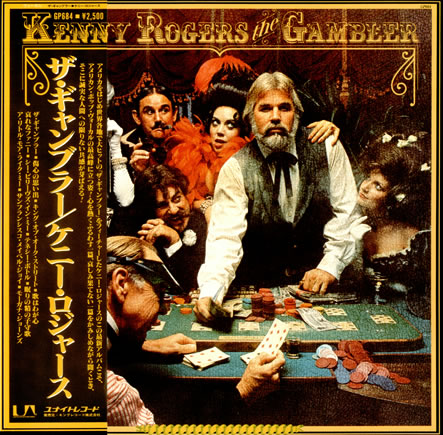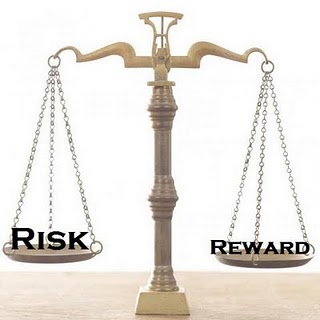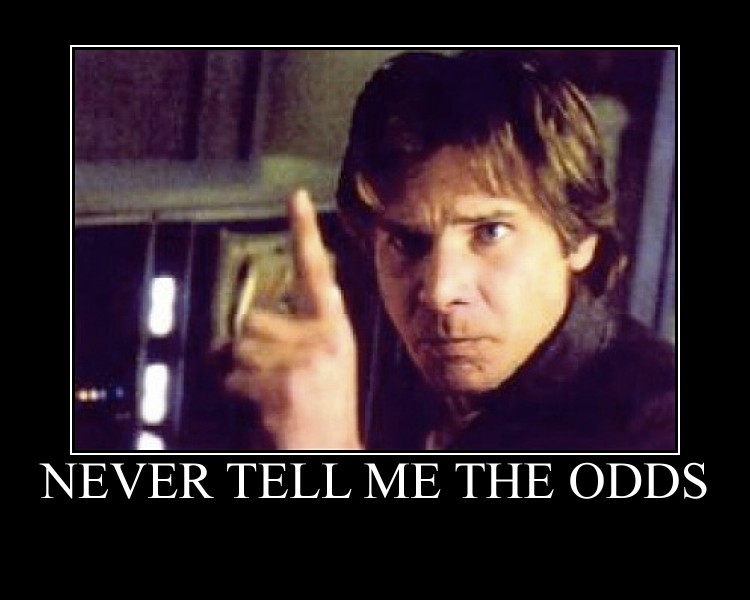Warmachine: The Kenny Rogers Corollary


In Warmachine, sometimes you have to know when to hold ’em, know when to fold ’em, and know when to shove all the chips across the table.
Rolling With the Odds
As we’ve gone over before, having at least a rough understanding of dice probability plays a big part in making the best decisions during a game of Warmachine or Hordes (WM/H).
Also part of that discussion was the establishment of a golden rule when it comes to statistics: don’t let them seduce you. Knowing the dice probability is important, but it is also only a window into how likely something is to succeed.
The Eternal Evaluation
Another crucial part of the decision making puzzle in WM/H is being able to weigh the risk and reward of a given plan, and that can actually end being the hardest part.
That is because the “best” course of action isn’t always obvious. There will be situations that are straightforward; cherish these moments for they are few and fleeting. Most of the time, exchanges in WM/H are a complex network of plans, decision trees, odds, and then putting all your faith in some dice rolls.
Lets take a look at two fairly common situations that help to illustrate when the “obvious” choice (statistically and emotionally) may not be the best one.
Great Rewards Are Worth the Risk…
As a general rule, the consequence for any failed plan in WM/H is death; either literally (the failure of the plan leads to you immediately losing the game afterwards) or figuratively (you lose enough models after the plan fails that you’re on a slippery slope to lose the game).
The result of that is that WM/H players tend to be risk averse. You learn very early on that taking big risks can pay off splendidly, but it more often blows up in your face and costs you games (in some cases, snatching defeat from the jaws of victory).
However, that natural inclination can be as much of a hindrance as a benefit.
No matter how much you try to avoid it, you will inevitably end up in an ugly situation. Sometimes you make a mistake that cascades. Sometimes your dice betray you and leave you reeling. And sometimes you are on your back foot from deployment due to list match up issues.
In those situations, sometimes the best thing you can do is jump on whatever will get you back into the game, odds and consequences be damned. You may only have a 10% chance to kill the enemy warcaster/warlock, but that 10% chance may end up being the best chance you end up getting to win the game.
Being able to recognize those situations, and when to throw caution to the wind, is an important skill to develop over the course of your WM/H gaming career.
…Except When They’re Not
It is also very important to be able to recognize when the inverse situation is true; i.e. when a plan with high odds of success may not be the best course of action.
These situations are usually easier to recognize than when it is best to go for an “all in”, low odds plan. However, these situations also come up more consistently, and they are also the situations where bias and complacency are more likely to lead you into taking risks you might not be able to afford to take.
An easy way to illustrate this point is with an example:
Your opponent has left a valuable model/unit in a position where you can kill it, and you have decent odds of success when doing so (60%+ chance of success). The obvious play is to jump on your opponent’s mistake and go for the kill.
There are, however, some critical things to keep in mind that may make you reconsider:
- Exposure: Does going after that model/unit leave important pieces of your army exposed? If so, is it worth possibly losing those models as part of the exchange?
- Catastrophic Failure: Very few plans in WM/H have a 100% chance of success. What is the cost to you if the plan fails? Are the odds high enough that you are comfortable with that outcome?
- Real Value: You may think the model/unit is valuable, but is it something that is actually important to your opponent’s long term plans? If not, it may not be worth going for unless the odds of success are especially high, or the investement is trivial.
Back To Kenny
To reiterate and wrap up: knowing the odds in WM/H is important, but that is only part of the puzzle. There are a lot of things that factor into any decision, and sometimes those factors make a low odds plan the best one, or reveal a high odds plan to actually be an unnecessary risk.
Before you make big decisions in your games, hum a few bars from “The Gambler”.
Does this advice seem useful to you? Are there situations where this has paid off for you? Let me know about it in the comments below.
Check out Sticks and Dice for more thoughts and discussion about WM/H!









